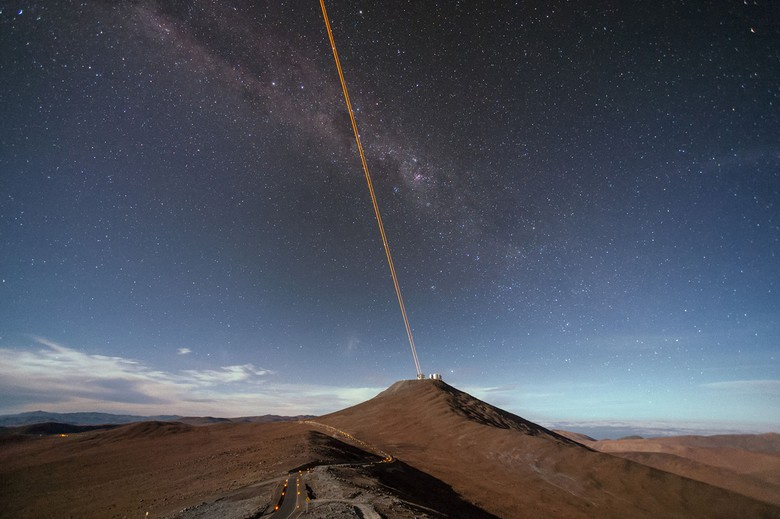
VLT Telescope of the Paranal Observatory (part of the European Southern Observatory in Chile)
Today, residents of large cities can not watch the stars. Even meteor showers, such simple (and exciting) astronomical phenomena, remain out of sight. We live under a lit night sky, suffering from a high degree of light pollution.
For the sake of the opportunity to see the Milky Way, not only in photographs, people go to astro-tours, traveling through the reserves of the dark sky. It is in such dark and sparsely populated areas that the largest astronomical observatories are located. Some of the world's leading observatories are open to the public, which gives us the opportunity to see what scientists are working with - the deep night sky.
European Southern Observatory and Telescopes Chile
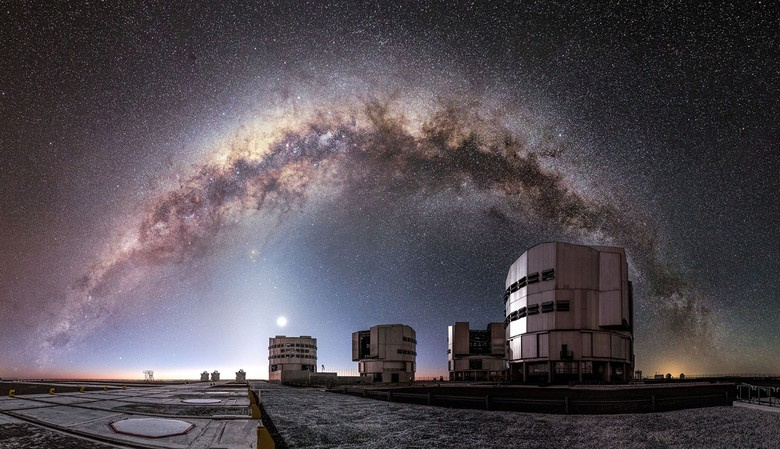
These high-tech towers are a Very Large Telescope - this is called the Very Large Telescope (VLT). Hereinafter photo G. Lambert (ESO)
In the northern part of Chile, in the middle of the Atacama Desert, the European Southern Observatory (ESO) international research organization built several telescopes and observatories. Here, on the tops of mountains, where dry and almost cloudless weather reigns year round, one of the world's major centers for astronomical research is located.
Since 1966, ESO has been monitoring the southern hemisphere, and to this day continues to expand its capabilities. The climate of the area and high altitudes create excellent conditions for astronomical observations on millimeter, submillimeter and infrared waves of the middle range. Under the patronage of the organization now operate:
- La Silla Observatory , which houses 18 telescopes. A special place in the observatory is the Telescope of a new technology (New Technology Telescope). NTT was the first telescope using active optics technology;
- The Chaynantor Plateau Observatory is actually a whole group of astronomical observatories located at an altitude of more than 4,800 meters above sea level in the Atacama Desert in northern Chile. On the Plateau Chayanantor is the current radio telescope Atacama Pathfinder Experiment (APEX) and the world's largest complex of radio telescopes Atacama Large Millimeter Array (ALMA; “Attack large millimeter-wave array”), designed to study the early period of the evolution of the Universe;
- Paranal Observatory - here is a very large telescope, which is considered today the flagship of European terrestrial astronomy. This is the most technically advanced optical instrument in the world. It gives astronomers the ability to see image details that are 25 times smaller than individual telescopes demonstrate. The first observations are planned for 2024.
In 2017, the construction of the European Extremely Large Telescope ( European Extremely Large Telescope , E-ELT) with a mirror diameter of 40 meters began in this region. E-ELT will allow to collect several times more light than VLT, and its adaptive optical system, which compensates for the influence of the earth's atmosphere, will provide an image with a greater degree of detail than the Hubble orbital telescope.

66 ALMA telescopes on Chayantor plateau in Chile. Positioning accuracy of each antenna is a few millimeters
Almost all ESO objects are open to the public, but not everywhere will they give you the opportunity to look at real scientific instruments and explore the night sky with a telescope. However, the very presence next to such objects is impressive. The Paranal Observatory, ALMA and La Silla are open on Saturdays and Sundays. Sign up for free tours should be in advance through the sites of observatories.
The American Observatory of Cerro Tololo , located 80 km east of the city of La Serena and 100 km south of the observatory of La Silla, is also accessible to tourists. You will have to travel independently, as there is no organized transport in this region.
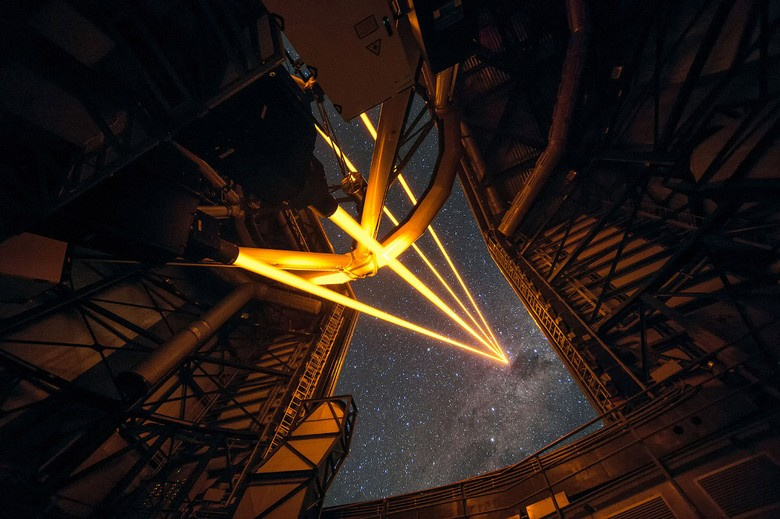
View from the Paranal Observatory
In total, about 40% of all telescopes of the world of scientific value are concentrated on the territory of Atacama. In the next ten years, this figure will rise to 70%, since Chile is building not only the E-ELT, but also the Giant Magellan telescope , which will use a system of seven primary mirrors with a diameter of 8.4 m and weighing 20 tons each, as well as the Large Synoptic Survey Telescope , created to search for traces of dark energy and dark matter.
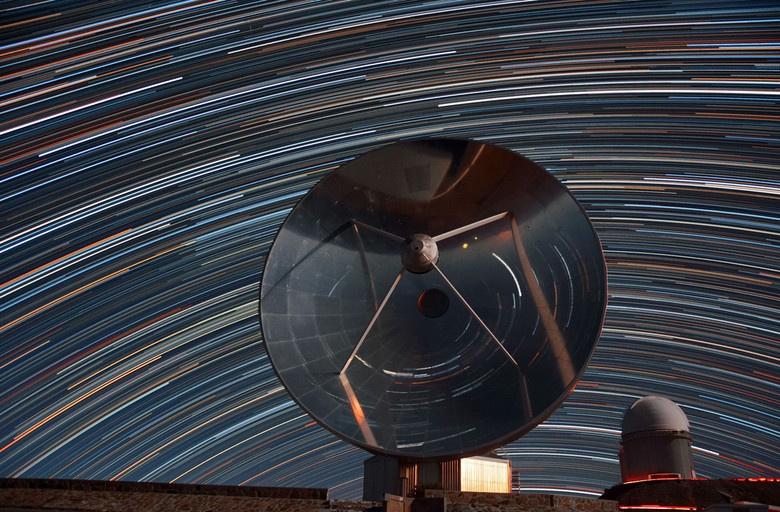
La Silla Observatory is located in a completely isolated and remote place from any artificial light and dust sources.
All year round (except July and August) La Silla is open to visitors on Saturdays and Sundays. Here you can see the High Accuracy Radial velocity Planet Searcher (HARPS), a high-precision spectrograph designed to search for exoplanets. With the help of HARPS, more than a hundred planets have been discovered.

The Wilson Mount Observatory (1,742 meters high), northwest of Los Angeles, appeared in 1908 and is still active. Here is one of the largest telescopes in the western hemisphere, available for free visits and observations from April 1 to November 30.
To date, two reflecting telescopes (60-inch and 100-inch built in 1917), three solar telescopes, and a number of interferometric devices work in the observatory. Groups of no more than 25 people can reserve one of the telescopes at prices ranging from $ 800 to $ 1,500 (depending on the time of the visit).
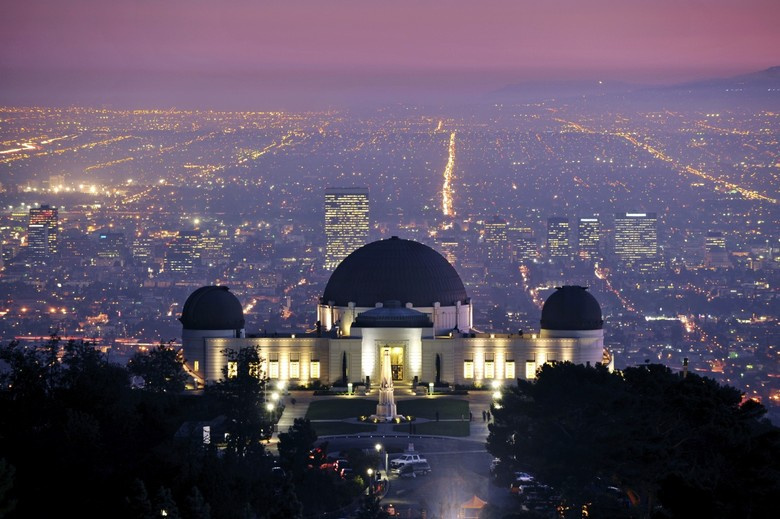
The Griffith Observatory, also known as the Los Angeles Observatory, has been open to the public since its opening and today offers access to the 12-inch refracting telescope Zeiss, installed in 1935.
Parasitic light pollution of the sky of Los Angeles has long killed all scientific interest in research in this region, the Griffith Observatory fully compensates for the "absence" of the night sky by the science museum and educational programs. In addition, this place, thanks to its proximity to Hollywood, has long become a cultural phenomenon. The Observatory can be seen in a lot of movies and TV shows.

Since 1967, at the top of the Mauna Kea volcano, there has been a complex of telescopes scattered in elevations from 3,730 m to 4,190 m above sea level. The famous Keck Observatory is located here, the telescopes of which remained the largest in the world from 1993 to 2007, until the commissioning of the Big Canarian Telescope.
The factor of remoteness from civilization and favorable climate made the observatory one of the best places in the world for optical observations (in the infrared and visible regions of the spectrum).
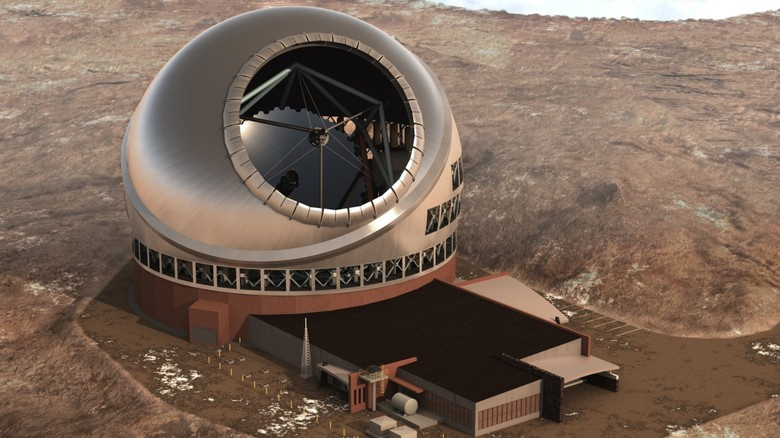
Every evening and night, Mauna Kea offers star tours and free access to telescopes (including sun with protective filters), which does not even require prior reservations.
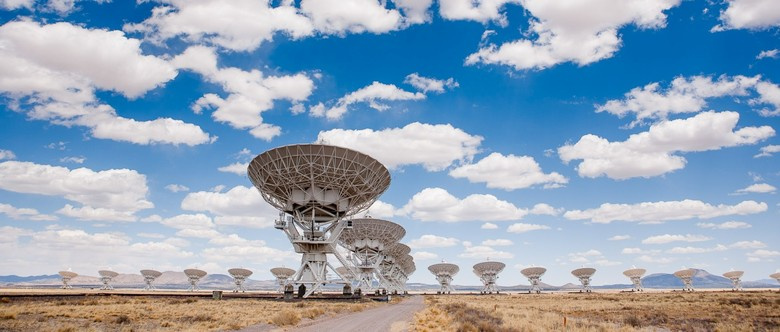
You could also see this place in several films. A group of 25-meter Very Large Array radio telescopes (VLA, and more recently Expanded VLA ) works as a single multi-vibrator complex antenna, whose overall sensitivity is equivalent to an antenna with a diameter of 36 kilometers.
You can wander among the massive antennas of the world's leading radio observatory, from 8:30 am to sunset. On the first Saturday of each month, free guided tours are held on site.

The place will interest those who want to learn more about the history of astronomical observations. The illumination of London no longer allows you to enjoy the view of the night sky, but the Royal Observatory, organized in 1675, stores a large collection of various items that influenced the history of all astronomy and navigation.
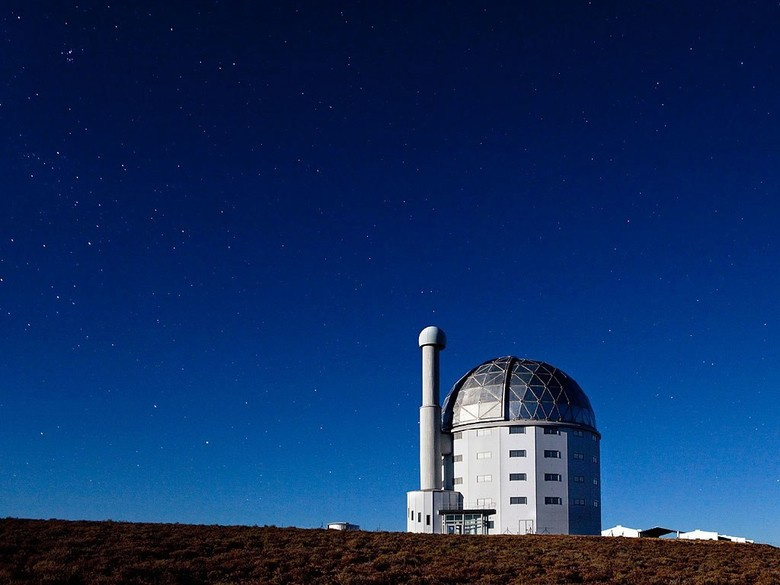
The South African Astronomical Observatory is located in the middle of the desert, at an altitude of 1,800 meters above sea level, four and a half hours northeast of Cape Town. The observatory is equipped with an optical telescope with a diameter of the main mirror of 11 meters - the largest in the southern hemisphere and one of the largest in the world.
Official tours are conducted at the observatory, you can also visit it yourself and look at the night sky through telescopes 14 "and 16" in diameter.

The Canary Islands can compete with Chile in terms of seeing a clear night sky. In 2013, the Starlight Foundation, which is working to preserve the conditions for observing the pristine night sky, officially granted Teide National Park on the island of Tenerife the status of “Star Reserve”. Thanks to the pristine beauty of the night sky and the ideal conditions of contemplation, the “Island of Eternal Spring” attracts thousands of tourists from all over the world. There are even laws on the island that regulate light pollution and flight paths of airliners.
Tenerife Island is also home to one of the most advanced and largest observatories in the world - Teide - open to sightseeing tours. On all islands of the archipelago there are 60 scientific institutions from 17 different countries.
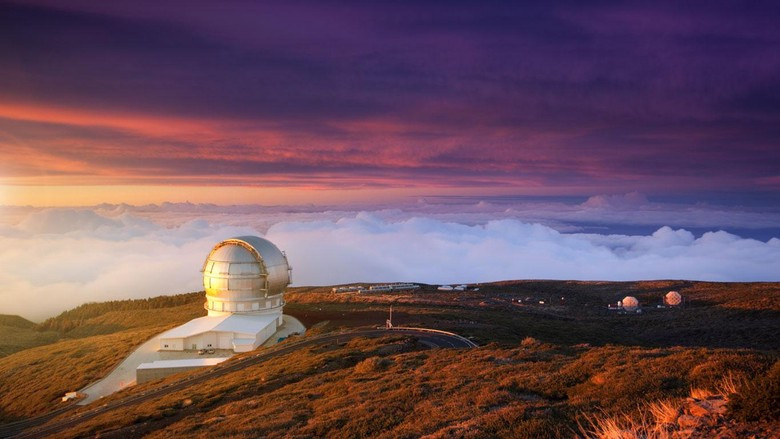
On the nearby alpine island of Palma, considered second in the world for astroclimate quality after the Mauna Kea observatory, there is the Roque de los Muchachos Observatory, which has unique research tools: the Swedish solar telescope with adaptive optics, giving an image of the highest resolution of the Sun's surface, as well as The Large Canary Telescope, equipped with a composite mirror, one of the largest in the world.
Roque de los Muchachos allows you to observe the entire Northern Hemisphere and part of the Southern.
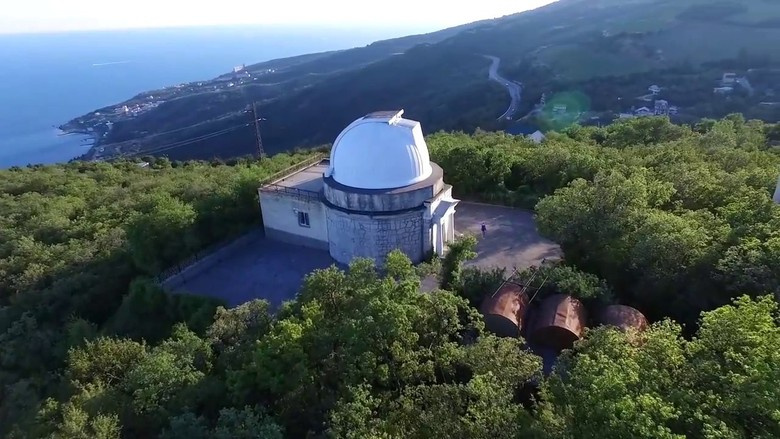
An important place that we could not say. Deserves attention at least for the fact that visiting it is much easier than others. But besides the availability factor, it is important to take into account that the largest number of telescopes among the observatories of the former USSR is located in Crimea.
Crimean Observatory is located in the mountains; planets and stars in it can be viewed with a two-hundred magnification. On the territory of the observatory lectures and excursions are held. There is a special program "Astrocanicles" for fans of astronomy. During the visit, you can see the museum, which tells about the achievements and history of the observatory, get acquainted with the principles of operation of telescopes of various designs.

The scientists themselves call the St. Petersburg Observatory the main astronomical observatory of the Russian Academy of Sciences. During excursions, including night, you can get acquainted with the 26-inch refractor telescope, the Big Pulkovo radio telescope and the Solar telescope (one of the largest in Europe).
In addition to the observatories in the world there are official “reserves of the dark sky”, where anyone can stay. The International Dark Sky Association annually ranks the places with the most beautiful sky. So in the county of Kerry in Ireland one can observe a particularly clear and bright night sky, for which the place received a “golden” level, and the Hortobágy National Park in Hungary pleases with the beauty of the stars on the “silver” level. One of the most "star" places in the world is the unique design hotel Elqui Domos in Chile. Watching space without getting out of bed, here you can 320 days a year.
All objects from this article are easy to find instead of offline MAPS.ME maps.
Sources:
Mount wilson observatory
Mauna Kea Observatories
Besieged Mauna Kea Telescope Finds a Plan B
Very Large Array
Seeing stars: you can actually visit
Royal Observatory Greenwich
La caldera de taburiente
Crimean Astrophysical Observatory